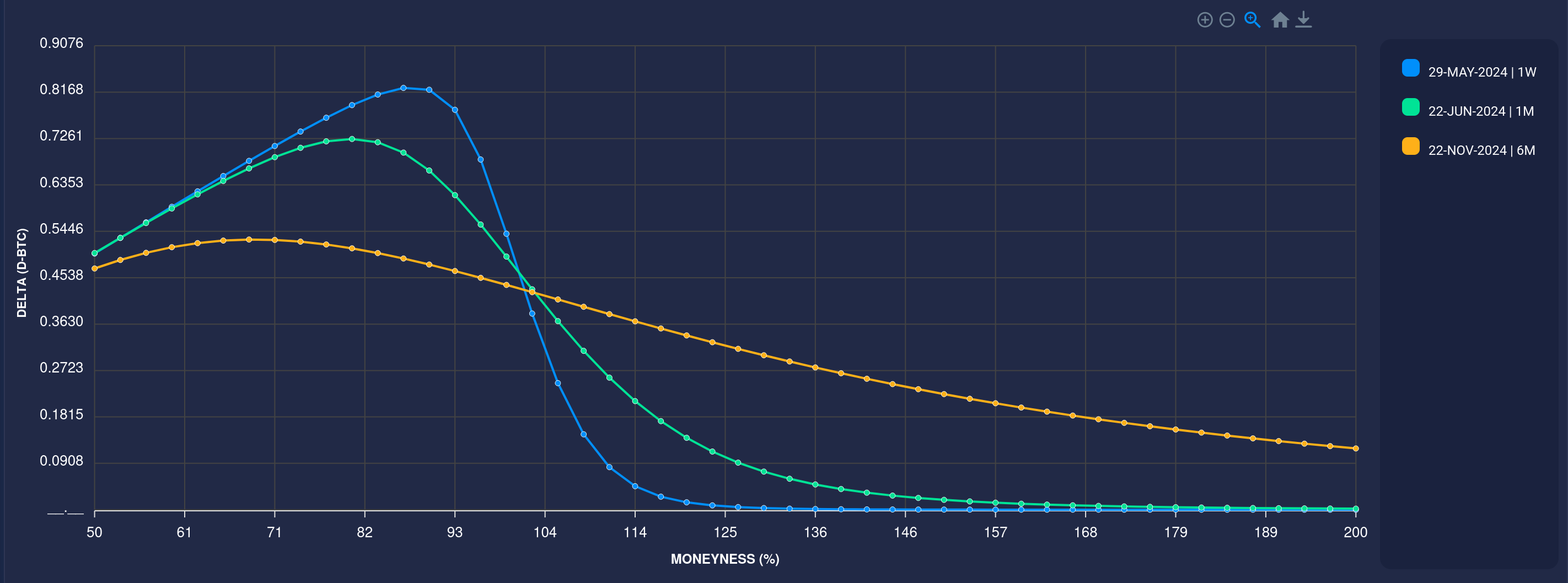Options Market & Conventions

Options on digital assets are financial derivatives that provide the
holder the right, but not the obligation, to buy or sell a digital asset
at a predetermined price within a specified timeframe. These options
work similarly to traditional options found in equity and foreign
exchange (FX) markets, but they are tailored to the unique
characteristics of digital assets such as Bitcoin (BTC), Ethereum (ETH),
and other cryptocurrencies.
What is an Option?
An option is a contract that gives the buyer the right to buy (call option) or sell (put option) an asset at a specific price (strike price) on or before a certain date (expiration date). The buyer pays a premium for this right, which is the price of the option. If the option is not exercised by the expiration date, it expires worthless, and the buyer loses the premium paid.
Peculiarities of Digital Asset Markets
Digital asset markets differ from traditional equity or FX markets in several key ways:
-
Volatility: Digital assets are generally more volatile than traditional currencies. This higher volatility can lead to larger price swings and higher potential returns, but also increased risk. For instance the implied volatility, close to the money, can sometimes be 10 to 15 times higher on digital assets markets than FX traditional currency pairs.
-
Market Structure: Digital asset markets operate 24/7, unlike traditional FX or equity markets which have defined trading hours. This constant trading can lead to more continuous price discovery but also to potential issues with liquidity during off-peak hours.
-
Regulation: The regulatory environment for digital assets is still evolving and varies significantly across different jurisdictions. This can impact the availability, pricing, and trading of options on digital assets.
-
Settlement: Unlike traditional equity options that settle in fiat currencies, options on digital assets may settle in either the digital asset itself (e.g.,
BTC) or in fiat currency (e.g.,USD). This is similar to what is seen on FX markets. In fact, a significant number of options are settled in Bitcoin. This means that upon expiration, the option is settled by transferringBTCrather than fiat currency. However, there are also options that settle inUSD, or pegged assets such asUSDTandUSDC, especially on platforms that cater to more traditional investors. In the digital asset space, this is sometimes refereed to as "inverse" vs "linear" options. From a foreign exchange perspective, the settlement is generally referred to as foreign or domestic currency settlement and both can be equally frequent depending on the trading perspective and market conventions. The settlement method chosen can impact the liquidity and pricing of the options.
Options on Future
In the digital asset options market, particularly for Bitcoin, the
options are often written on futures contracts rather than directly on
the BTCUSD spot price. These futures contracts themselves are tied to an
index, which can aggregate the prices from multiple exchanges to create
a representative value of Bitcoin. This index is not actively traded;
instead, the futures contracts based on this index are what get traded.
Very often, the options on these futures inherit the expiration dates
and other characteristics of the underlying futures contracts. This
structure introduces a slight layer of complexity, as the performance of
the options is indirectly linked to the BTCUSD spot price through the
intermediate step of the futures contracts and the index they are based
on.
However, because most futures and options on digital assets are designed to have matching expiry dates, the fact that options are written on futures rather than directly on the spot price does not have an impact. At the expiry date, the price of the futures contract converges with the price of the underlying index. This means that for practical purposes, the value of the options at expiry will reflect the intrinsic value of the option on the underlying index.
This differs from e.g. commodity markets where underlying future contracts can have very different expiry dates as the options.
It is worth noting that, on platforms like Deribit, the settlement price of options is determined by averaging the underlying index price over a 30-minute period before expiry, reducing susceptibility to market manipulation and ensuring a fair settlement.
Cash Settlement
As a general rule, most options on digital assets are cash-settled. This
means they pay out the "cash value" in a specified asset, typically
either Bitcoin (BTC) or US Dollars (USD) for the BTCUSD pair.
Cash-settled options simplify the settlement process by eliminating the
need to exchange the actual underlying asset. For BTCUSD options, this
could mean receiving the equivalent value in USD or BTC upon expiration.
Physically settled options, which would involve generating two cash
flows in both directions (one in BTC and one in USD), are less standard
in the digital asset markets. In this type of settlement, the holder
would receive the underlying BTC and simultaneously pay the strike price
in USD, or vice versa. While physically settled options offer a more
direct exposure to the underlying asset, they are more complex to manage
due to the need to handle the actual transfer of assets.
The preference for cash settlement does not significantly impact the market value of these options as long as payment conventions and settlement dates remain consistent. The critical aspect is that the settlement mechanism is well understood and accepted by market participants.
Payoff Profile
We plot below the payoff profile for a BTCUSD option settled in USD and
a notional of 0.1 BTC, assuming a premium of 1,000 USD.

And we plot below the payoff profile for a BTCUSD option settled in BTC
and a notional of 0.1 BTC, assuming a premium of 0.01 BTC.

One can see that the two types of vanilla options conventions, i.e. "linear" or "inverse", as sometimes referred to in digital assets exchanges, display a different payout profile depending on the payment asset. However, it is important to bear in mind that these payoffs are not seen from the same risk perspective, or the same risky 'unit'. If we were to convert all the cash flows into a single asset, both payout would match by arbitrage reasoning. In other words, assuming no interest rates or cross-currency basis, the market values of each convention are linked by today's spot price. This is a very common setup in FX markets where both foreign and domestic currencies can be risky assets depending on the trader's perspective or location.
Market Risk and Delta Hedging
Delta is a key concept in options trading, representing the sensitivity of an option's price to changes in the price of the underlying asset. Delta hedging is a strategy used to mitigate risk by maintaining a delta-neutral position, where the portfolio's overall delta is adjusted to zero. This involves buying or selling the underlying asset in proportions that offset the delta of the options held, thus protecting against price movements and allowing for more stable returns.
While premiums need to agree irrespective of the "unit" currency chosen, delta used
to hedge against the underlying price moves will depend on what is the risky asset from the investors' perspective.
For instance, if an investor considers BTC as a risky asset with respect to USD, which is generally the case,
then a premium paid in BTC also can be considered risky and can be used to partially hedge the risk of the option itself.
This is very similar to FX markets and accurate delta calculations with accurate conventions becomes required.
Below is represented the delta from the Qytrees Dashboard for premiums traded in BTC when the investor considers
USD his/her non-risky asset, which gives rise to a shape different from the usual Black--Scholes delta:

The x-axis is the moneyness, that is in % where is the forward price of the respective expiry date . The y-axis represents the premium-adjusted delta where we can notice the impact of the adjustment compared to a classical delta which would grow close to one for small strikes. This delta for instance, would differ from the simplified example discussed above, which showcases the importance of accurate conventions.
Conclusion
In conclusion, the options market for digital assets like Bitcoin and Ethereum shares similarities with traditional markets but also possesses unique characteristics tailored to the volatility, market structure, and regulatory environment of digital assets. The practice of writing options on futures contracts tied to an index, as seen on platforms like Deribit, introduces a small layer of complexity but also ensures stability through mechanisms such as price averaging for settlement. Cash settlement remains the prevalent method, simplifying the process by eliminating the need to exchange the underlying asset. Finally, understanding the payoff profiles and the significance of delta hedging is crucial for managing market risk effectively.
In the second part of this blog post, we will discuss the mathematical details and explain specifically how we implemented this on the Qytrees platform.
